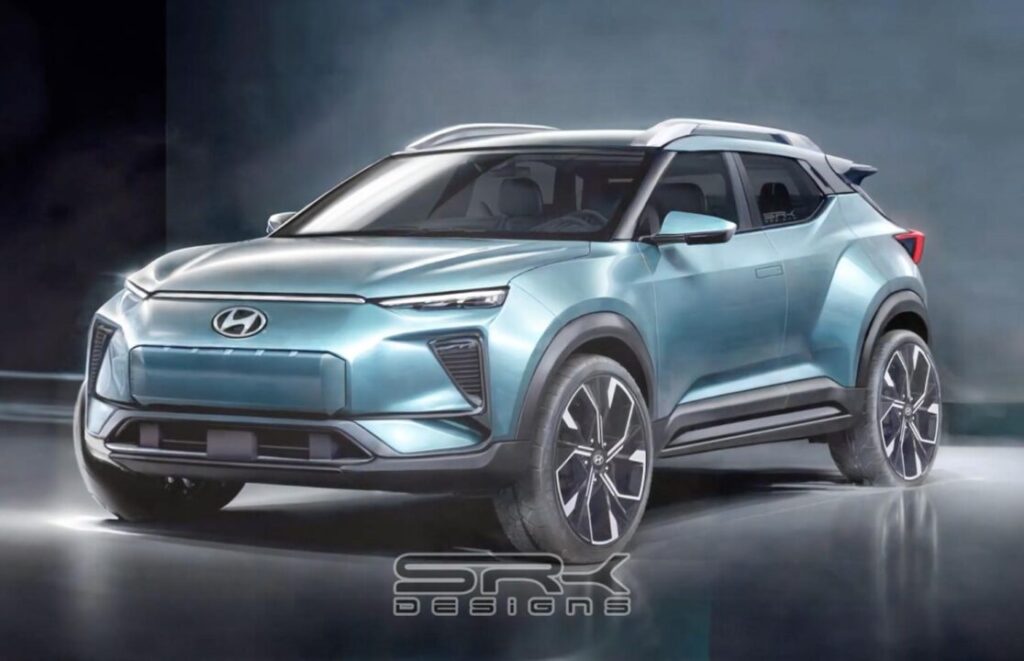Hyundai has officially announced the launch of the electric version of the Creta SUV, which will be released in India in January 2025. This is the model that opens Hyundai’s war chest in the mass market midsize electric SUV segment. The production is anticipated to start by December 2024 at Chennai plant of Hyundai for the electric cars in conformity with the five-year electrification plan of Hyundai to introduce five electric cars in India by 2030 (Desai, 2020).
Key Features and Specifications
Design and Exterior: The Creta EV will continue with the same overall body structure as the ICE Creta with distinguishing features like the shut front grille, renovated bumpers, and slanting alloy wheels for aerodynamic purposes. LED lighting railing and a front assimilated charging port highlight its electric personality.
The Hyundai Creta electric version continues the design of the ICE counterpart but has some elements that highlight its electric nature. These are features such as a sealed off black mesh front grille, sports alloy wheels with low profile, and reprofiled front and rear bumpers. The LED DRLs and a new form of LED tail light makes it look like a car of the future. It is further set apart from its ICE counterpart by an external charge socket on the bonnet line (Jacobs, 2023).
Interior and Technology: It will include a twin-screen configuration, a new 3-spoke multifunction steering for better control, and new comfort elements like an automatic climate control system, heated and cooled seats, and a large sunroof. Safety will be enhanced through inclusion of several features such as six airbags, 360-degree cameras, and probably ADAS elements such as lane departure warning and adaptive cruise control. Inside, the Creta EV is expected to feature a modern dual-tone interior with a new 3-spoke steering wheel and a drive selector positioned behind it, similar to Hyundai’s premium Ioniq 5 EV. The SUV will offer a dual-screen setup, including a 10.25-inch touchscreen infotainment system and a digital driver’s display (Singh, 2023).
Powertrain: It is expected to be capable to support a battery with an energy capacity of 45 kWh connected to the front electric motor with estimated output of 138 hp and 255 Nm of torque. At present, it has an estimated range that surpasses 450 km on a single charge and can be charged with DC fast charging capability and potentially bi-directional.
The Creta EV is rumored to share its powertrain with the Kona Electric, featuring a single front-mounted motor delivering approximately 138 hp and 255 Nm of torque. A 45-kWh battery pack will likely power the vehicle, offering a range of over 450 km on a single charge. The inclusion of DC fast charging and bi-directional charging capabilities ensures convenience and efficiency for users (Tan et al., 2023).
Market Positioning: With an estimated price tag of around ₹20 lakh (ex-showroom), Creta EV is expected to compete with the MG ZS EV, Tata Curvv EV, Maruti Suzuki eVX, and Mahindra XUV400. This pricing makes it a more upmarket product compared to compact EVs such as the Tata Nexon EV.
The Creta EV brings the Ioniq 5 and Kona Electric learnings to the Indian market as a feature-packed, sustainable, and fuel-efficient SUV (Desai, 2020).

